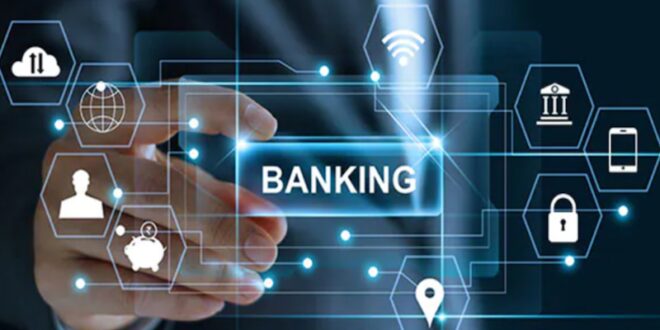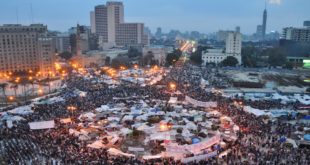In their search for new ways to improve payment infrastructures and meet the changing national needs, central banks have been turning to innovative technologies. For instance, central banks worldwide are diving into Central Bank Digital Currencies (CBDCs), ushering in a new era of digital national currencies. CBDCs offer secure, efficient, and inclusive payments. Banks are also driving open banking initiatives, enabling smooth customer data exchange through application programming interfaces (APIs).
Project Meridian, a project by the Bank for International Settlements (BIS) Innovation Hub London Centre and the Bank of England, seeks to develop a prototype for synchronisation. This idea has previously been considered in consultations on the future functionality of the Bank of England’s Real-Time Gross Settlements (RTGS) system. Project Meridian utilises Distributed Ledger Technology (DLT) to reimagine transactions and settlements. DLT, in essence, is a type of database that enables a network of computers to share and maintain an identical copy of a record or ledger. It provides the security and transparency required for transactions without the need for intermediaries such as banks or governments.
Distributed Ledger Technologies (DLTs) are often perceived as solutions looking for problems rather than problems looking for solutions. However, this perspective doesn’t diminish their inherent value. Decentralisation, though nascent, is a fascinating concept with various applications and benefits. Initiatives like Project Meridian unravel how DLTs can be integrated across industries. Through such experiments, profound insights emerge, illuminating the utility of decentralisation.
What is RTGS?
Real-Time Gross Settlements (RTGS), a reliable payment system used by central banks, allows for the instantaneous settlement of large-value and time-sensitive transactions between financial institutions. Such transactions are settled individually, immediately, and irrevocably, lending credibility and security to high-value payments.
Despite RTGS’s robust capabilities and almost faultless efficiency, testing and integrating new technologies such as DLT in RTGS transactions offer insights into the wider implementation of DLT across the economy. While RTGS systems may not have witnessed much innovation in recent years, this is by no means indicative of a lack of potential for novel developments in the future. Technology has an uncanny ability to seamlessly weave itself into the fabric of financial systems, forging new paths and unlocking unforeseen possibilities.
Project Meridian’s DLT design
Project Meridian primarily investigates synchronisation, a process that uses central bank money to settle a transaction in RTGS systems. Synchronisation builds on the existing concept of connecting asset ledgers to RTGS. It aims to develop the necessary infrastructure to facilitate synchronised settlement in central bank money across various asset classes. This involves linking the movement of funds to the movement of an asset on a separate ledger, potentially resulting in lower costs and risks while improving overall efficiency. Through these initiatives, central banks could move towards more efficient, secure, and accessible financial systems that benefit individuals and businesses alike.
The experiment aims to bring together RTGS systems with other asset ledgers. At the core of this project is a “synchronisation operator,” which unites various parties involved in transaction settlement, including the RTGS operator, asset ledger, commercial banks, and legal representatives. The synchronised settlement prototype developed by Project Meridian experiments with housing transactions and establishes APIs that connect the synchronisation operator with the RTGS system and a land registry—essentially, ensuring the simultaneous exchange of money and assets, with all necessary stakeholders moving in tandem.
Additionally, in seeking to standardise APIs and ISO 20022 messages, Project Meridian aligns with the G20 roadmap for improved cross-border payments, aiming to deliver economic benefits through enhanced payments infrastructure, legal and regulatory frameworks, and cross-border data exchange and messaging standards.
While the Bank of England is currently renewing its RTGS service, synchronisation functionality remains an ambitious goal for the future. The insights derived from Project Meridian will undoubtedly influence the development of this novel service. However, several operational, regulatory, and legal issues must be resolved before central banks can offer synchronisation functionality to their customers.
Necessity of DLT
The RTGS infrastructure, with its resilience, seldom encounters substantial issues. While occasional transaction failures may arise due to frozen or non-existent recipient accounts, or incorrect information provided, they do not warrant a fundamental reconsideration of the system. Nevertheless, the Project Meridian experiment unravels certain possibilities, enabling us to fathom the future potential of DLTs on a global scale. It beckons us to contemplate the establishment of decentralised frameworks for asset exchange, spanning from humble local stores to the importance of central banks and international organisations facilitating cross-border transfers. Implementing synchronisation operators, as demonstrated in Project Meridian, presents a unique opportunity to connect different ledgers through decentralised networks. These synchronisation operators are crucial tools in establishing a seamless and secure flow of information between disparate ledger systems.
While it would be an exaggeration to overstate its impact, it would be unwise to underestimate it. At its core, this experiment delves into utilising decentralised networks to ensure immediate asset exchange, providing the world with an alternative way to think about transactions and eliminating settlement risk.
The actual implementation of these experiments by the Bank of England will provide a pathway for other countries. While key Indian stakeholders have displayed a level of engagement in crypto regulation, their stance on decentralisation remains uncertain, leaving us to wonder whether they are in favour or in opposition. On the contrary, India’s startup ecosystem flourishes, bustling with the creation of Web3 products on a massive scale. Perhaps, the silver lining is that this dynamic presents the Indian government with two promising avenues for future learning: Harnessing the power of their robust startup ecosystem and embracing the invaluable insights from experiments like Project Meridian.
 Eurasia Press & News
Eurasia Press & News



